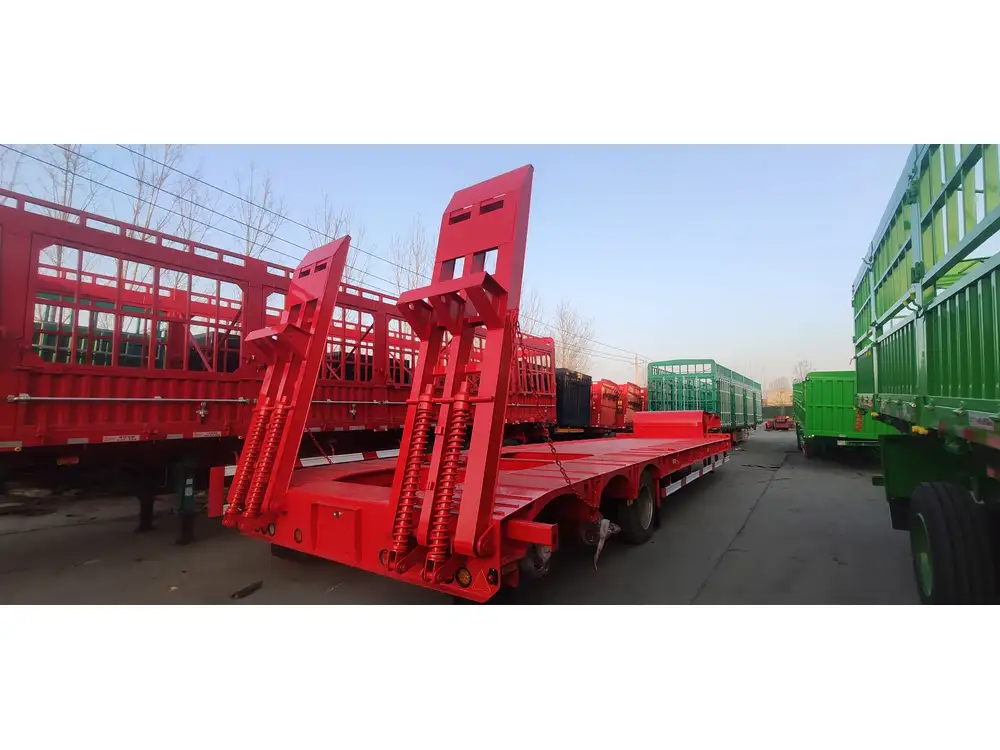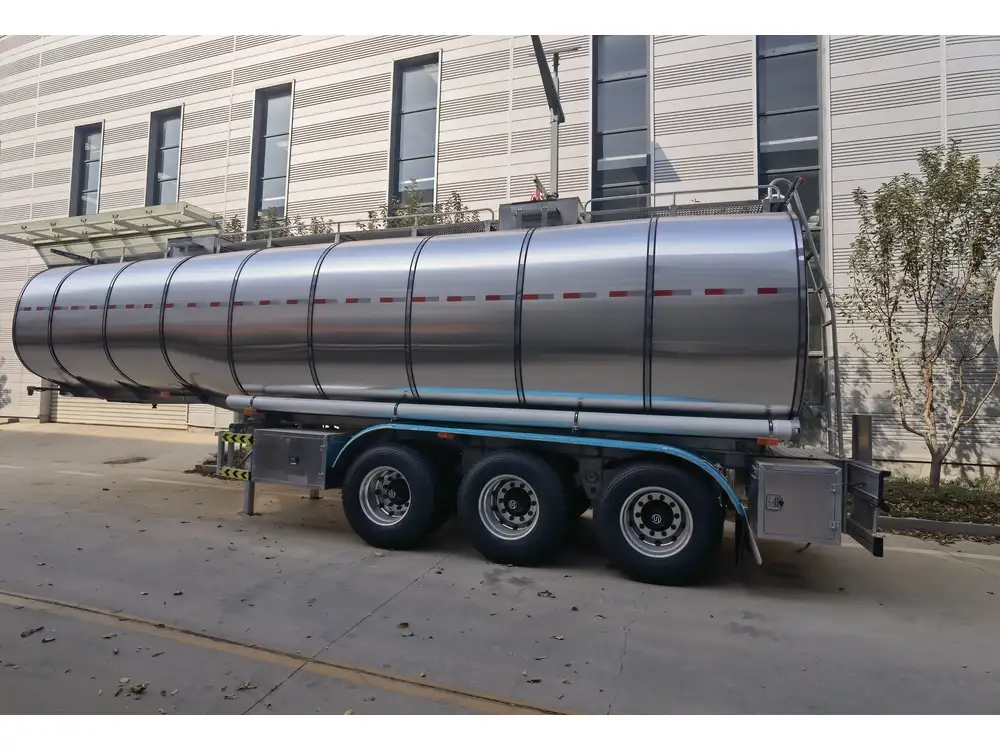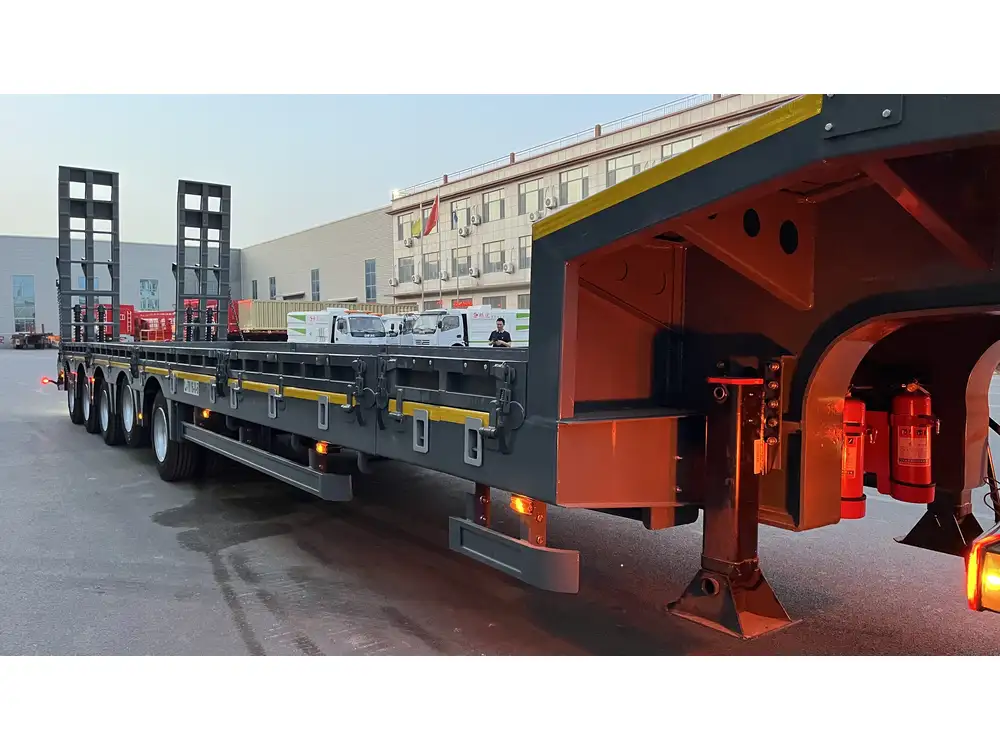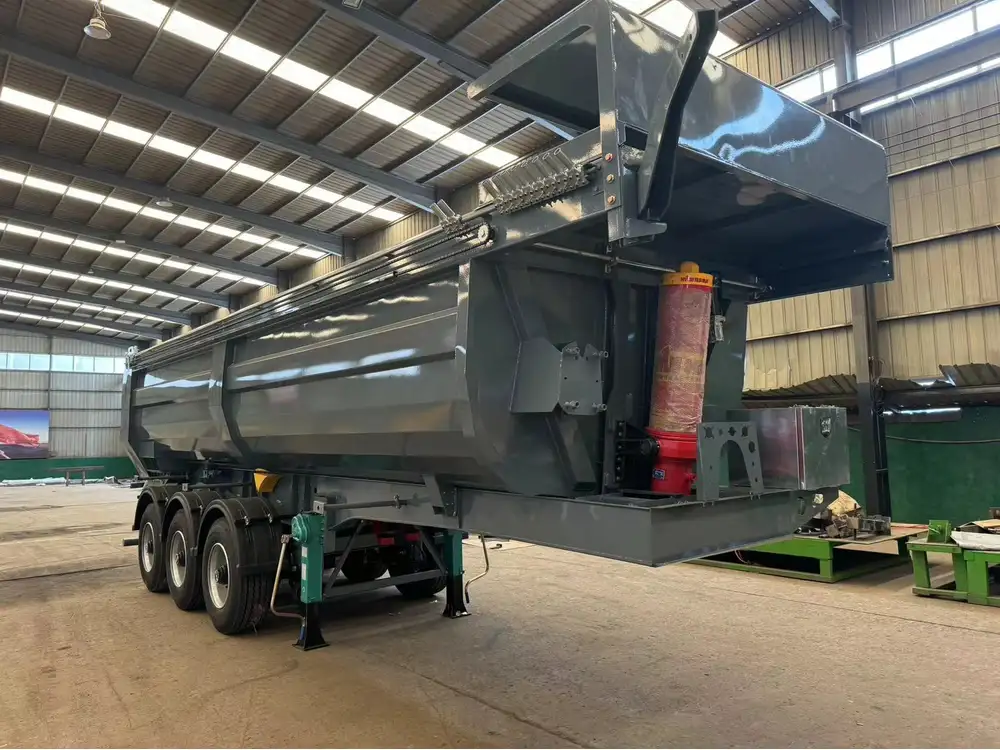Understanding the capacity and status of your trailer tank is vital for optimization in transportation and logistics. Recognizing when your tank is full not only enhances operational efficiency but also ensures safety and compliance with regulatory standards. This article delves deep into the mechanisms, signs, and warning systems that indicate a full trailer tank, offering both practical insights and technical explanations.
The Importance of Knowing Your Tank Status
Safety Considerations
Overfilling a trailer tank can lead to spills, which not only pose environmental hazards but also create significant risks for the driver and surrounding vehicles. Understanding the fill status mitigates such risks.

Compliance with Regulations
Transporting hazardous materials comes with strict regulations. Knowing when your tank is full ensures adherence to legal limits and prevents potential fines or penalties.
Operational Efficiency
Recognizing the optimal filling point allows for better scheduling and resource allocation, reducing unnecessary trips and increasing profit margins.
Understanding Trailer Tank Mechanisms

Types of Trailer Tanks
- Tanker Trailers: Specially designed for liquids, these are equipped with several systems to monitor fill levels.
- Dry Bulk Trailers: Used for transporting granular materials, these typically require different methods of gauge measurement.
Fill Level Measurement Systems
Mechanical Gauges
- Simple float gauges that use a buoyancy system.
- Worth noting for maintenance; susceptibility to failures due to wear over time.
Electronic Level Sensors
- Utilizing sophisticated technology to provide real-time data.
- Options include pressure sensors, ultrasonic sensors, and capacitive sensors which can relay continuous feedback.
Visual Inspection
- Experienced drivers can sometimes observe tank fill levels from sight, especially in larger tanks where visibility is good.
Telemetry Systems
- Advanced systems that connect to your fleet management software to track tank levels remotely. This also provides alerts when nearing capacity.
| Measurement System | Pros | Cons |
|---|---|---|
| Mechanical Gauges | Simple and cost-effective | Prone to malfunction due to wear |
| Electronic Level Sensors | High accuracy and real-time monitoring | Initial investment cost can be high |
| Visual Inspection | Quick assessment for experienced personnel | Highly subjective and prone to error |
| Telemetry Systems | Remote monitoring and alerts | Dependency on technology and data connectivity |
Signs That Indicate Your Tank Is Full

Physical Indicators
Weight Distribution Changes: Frequent checks on vehicle load can indicate when tanks are nearing full capacity. A shift in weight distribution might hint at an impending overfill.
Sloshing Sounds: As the tank approaches fullness, sloshing sounds are more pronounced. This can be an audible signal to the driver, especially when making turns or sudden stops.
Pressure Increase: For pressurized tanks, an increase in pressure can indicate that the tank is nearing its maximum capacity, triggering a check.
Instrumentation Warnings
Warning Lights: Many modern trailers equipped with electronic sensors will alert the driver via dashboard warning lights or alerts when approaching full capacity.
Monitoring Systems Alerts: Utilize onboard systems that can trigger notifications via smartphone apps or fleet management software when tanks become full.
Techniques for Assuring Accurate Monitoring

Regular Maintenance Protocol
Regularly scheduled checks of gauges and sensors prevent inaccuracies and failures. This can involve:
- Cleaning sensors.
- Inspecting mechanical components.
- Running software updates on telemetry systems.
Calibration of Measuring Devices
Just as importantly, ensure that all measurement devices, particularly electronic sensors, are calibrated correctly to provide accurate readings.
Educating the Workforce
Training your drivers and logistics team on how to interpret gauge readings and system alerts enhances awareness of fill levels. This should be a part of their standard operating procedures.

Technology-Backed Solutions
The Rise of Smart Trailers
The advancement of smart transportation technology allows trailers to feature integrated systems that provide a comprehensive overview of their operational status. Consider the following:
Real-time Analytics: Data indicates not just fuel or liquid levels but also predictive analysis on potential overfill scenarios, helping to better manage loads.
Fleet Management Integration: Systems that connect tank fill levels with fleet management tools can offer route optimization based on current tank levels—reducing unnecessary trips.
Case Studies
Company A: Implemented a telemetry system allowing real-time monitoring. This resulted in a 30% decrease in overfill incidences within the first quarter of implementation.
Company B: Integrated smart sensors into their dry bulk trailers. They reported increased efficiency in loading operations and a noticeable reduction in regulatory fines due to overfilled tanks.

Common Mistakes to Avoid
Neglecting Regular Checks
Failing to routinely inspect tanks and measurement systems can lead to skipped details that might signal an impending overfill.
Underestimating Environmental Factors
Consider how changes in temperature and altitude can affect the density and behavior of the materials within the tank. Adjust measurements according to these variables.

Over-Reliance on Technology
While technology aids greatly, you must train personnel to trust their instincts and experience alongside tech. Technology should complement their insights, not replace them.
The Future of Tank Monitoring
With ongoing advancements in IoT (Internet of Things) technology, the future of monitoring trailer tanks will likely include:
- Predictive Maintenance: Machines that assess data patterns to predict equipment failures before they happen.
- AI-driven Insights: Systems capable of not just monitoring fill levels, but also predicting the best routes and load management based on historical data.
Conclusion
Navigating the complexities of knowing when your trailer tank is full functions as a critical skill in the transportation industry. It aids in enhancing safety, ensuring compliance, and increasing operational efficiencies. By implementing robust measuring systems, adhering to regular maintenance protocols, and leveraging modern technology, companies can avoid the pitfalls associated with overfilling. Through these measures, safety standards improve, financial losses diminish, and overall operational effectiveness rises.
Understanding and monitoring your trailer tank never seemed so crucial in shaping the future of responsible and efficient transport logistics.



